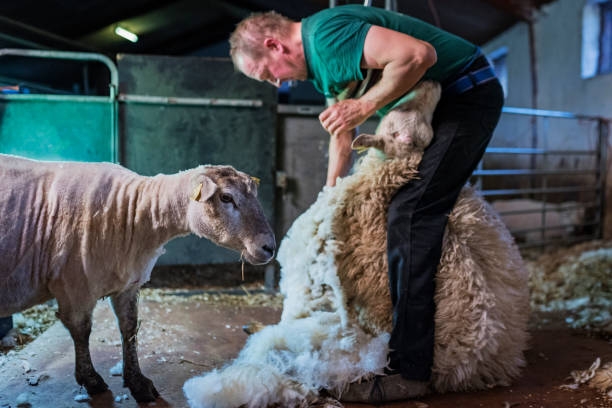
If you own a flock, you must have noticed that sheep grow wool all year round. It is natural to shear the wool coats; don’t worry it is not a painful process for them. On the other hand, many people live under the impression that shearing is only done for financial reasons.
Sheep shearing is a healthy practice so that they lead a comfortable life without having to face the consequences of seasonal changes. For some breeds, the importance of shearing is too hard to overlook.
Now, you must have countless questions swarming in your head. We are here to address them!
When Should We Shear Sheep?
You can shear sheep in each season because domesticated sheep grow wool coats faster. How many times and when you will shear the sheep depends on the fibre length, geological location, market demand and purpose of production.
Many shearers pick the period between the end of March and the beginning of April for shearing. Remember, you need to make other considerations for the pregnant sheep.
But Why Should We Shear Sheep?
Shearing lowers the risk of parasite infection. Yes, sheep are at a high risk of suffering from flystrike. As sheep graze in fields, fleece contamination is not uncommon. Due to the external parasites, sheep have a difficult time and remain in distress and discomfort.
Another reason for shearing is to keep them away from heat stress. Wool works as an insulator to offer comfort in cold months. You can shear your flock in early summer or late spring to reduce the risks of sunburn.
All in all, shearing is essential for enhancing animal welfare. Wool is a natural product to keep the animal warm in winter, but it is no good in summer. So, know your breeds, research and create a schedule for shearing.


You must be logged in to post a comment.
click here to log in